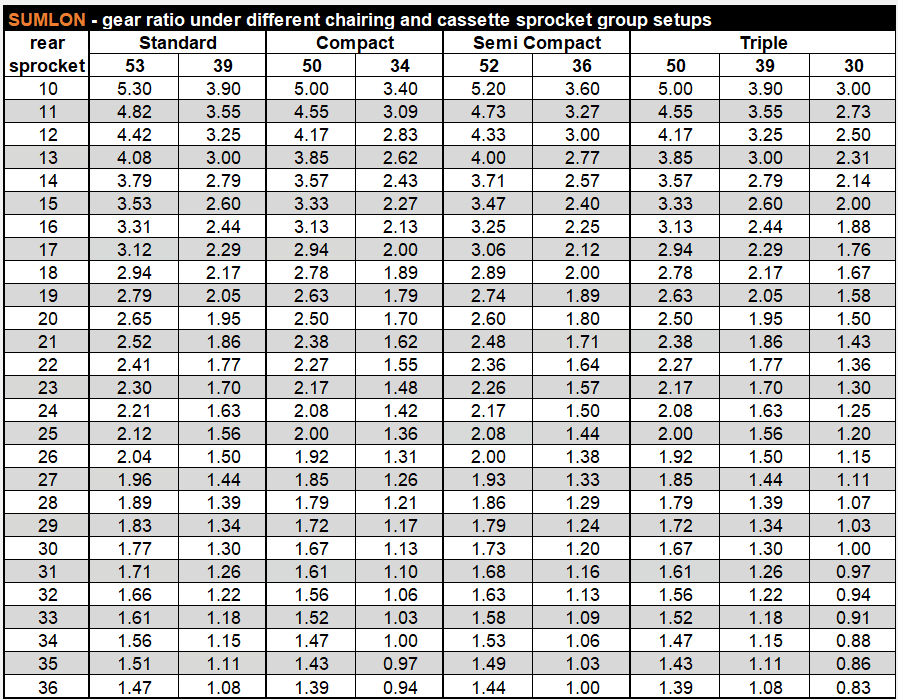1. How to Calculate Bicycle Gear Ratios
The gear ratio of a bicycle is calculated by dividing the number of teeth on the front chainring by the number of teeth on the rear sprocket. The result is typically rounded to two decimal places. For example, if you have a 39-tooth chainring and a 12-tooth rear sprocket, the gear ratio is 3.25. Some people prefer to express this as 39/12, indicating the specific teeth counts. You can also describe it completely, such as “39 teeth chainring with 12 teeth rear sprocket.” All these expressions are correct. Then how do you determine gear ratio while cycling?
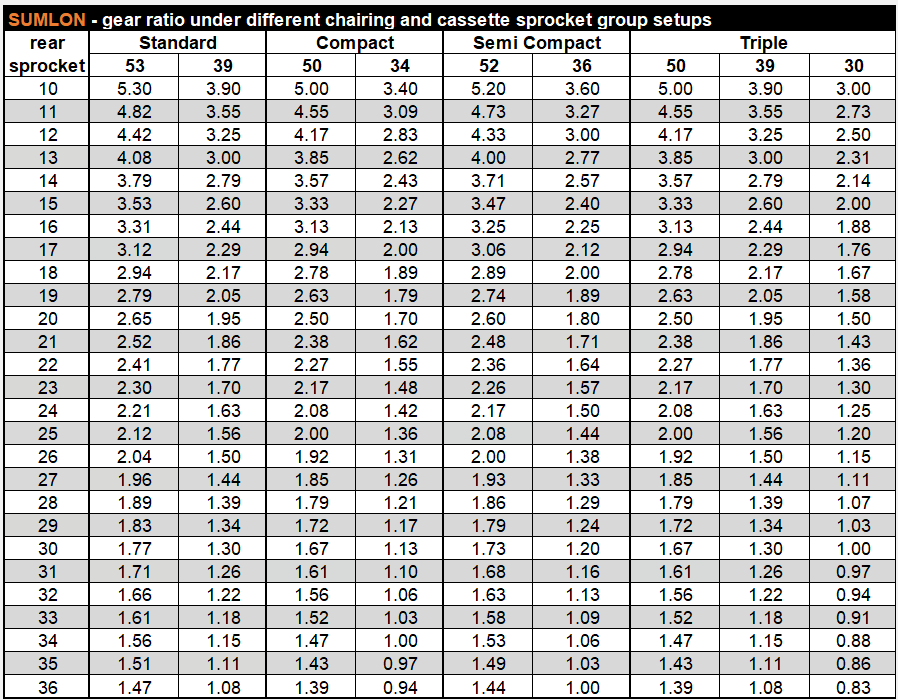
2. High Gear Ratios vs. Low Gear Ratios
When cycling at high speeds, you need a higher gear ratio. This means using a larger chainring to drive a smaller rear sprocket. Conversely, when starting or climbing hills, you require a lower gear ratio. In this case, you can use a smaller chainring with a larger rear sprocket to make starting easier.
3. How do you Determine Gear Ratio
Your primary goal is to maintain a steady cadence at a certain heart rate. If using a 15-tooth rear sprocket feels too strenuous, and your heart rate is high or you can’t maintain a cadence of 90, you should lower your gear ratio. Choose a rear sprocket with more teeth. If using a 25-tooth rear sprocket allows you to easily increase your cadence to over 100, consider raising your gear ratio by selecting a smaller rear sprocket.
4. How do you Determine Gear Ratio by Riding Phase
4.1 Starting
During the starting phase of road cycling, choose a moderate gear ratio, typically between 39/17 and 50/19. This allows you to overcome the bike’s initial inertia without making pedaling too heavy. A gear ratio that’s too low makes starting easy but complicates acceleration later. A gear ratio that’s too high requires significant force at the start, risking muscle fatigue or injury.
4.2 Climbing
For climbing, cyclists typically choose a smaller gear ratio, such as 34/28 or even lower. A smaller gear ratio helps you overcome gravity, allowing for a lower cadence with greater torque. This reduces leg fatigue and enables a more stable climb. The specific gear ratio depends on slope steepness, personal strength, and riding ability.
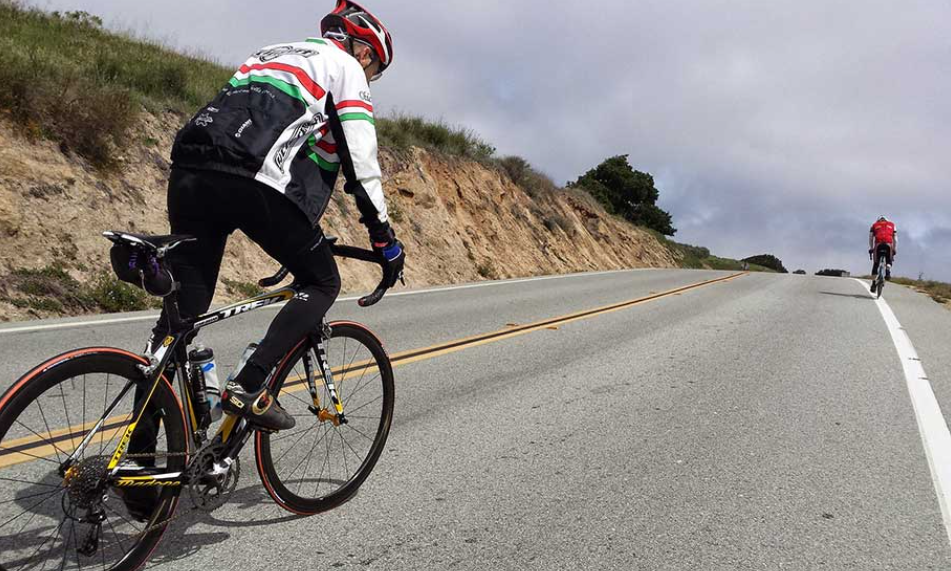

4.3 Descending
On descents, cyclists usually do not pursue a specific gear ratio but adjust flexibly based on conditions. Generally, a larger gear ratio can increase speed but should not be excessively high to maintain control. A typical range might be from 50/14 to 53/13. Safety is paramount when descending, so primarily control your speed with brakes, not just gear ratio.
4.4 How do you determine gear ratio – Stairs
Forget about the gear ratio; it’s best to carry your bike up the stairs with your legs.
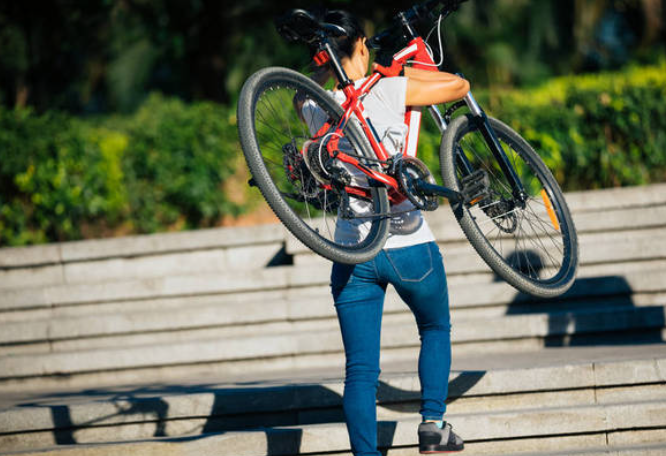

4.5 How do you determine gear ratio – Descending Stairs
Gear ratio is not important. We usually do not recommend riding down stairs, but if you must, keep your knees bent and prepare some money for new wheels.
4.6 How do you determine gear ratio – Drafting
When riding in a group, choose a gear ratio that lets you maintain a steady pace without excessive fatigue. This is generally around 50/17 to 52/16. If the group is fast, you might select a slightly higher gear ratio. For a slower pace, opt for a lower gear ratio to make pedaling easier.
4.7 How do you determine gear ratio – Wind Breaking
For wind breaking, gear ratios typically range from 50/15 to 52/14. This allows the lead rider to reduce wind resistance for teammates. A larger gear ratio enables higher speeds at the same cadence, but requires strong leg strength and endurance.
4.8 How do you determine gear ratio – Final Sprint
During a final sprint, choose a larger gear ratio to achieve maximum speed. Common ratios are around 53/11 or 53/12. This helps you output maximum power at high cadences to cross the finish line. However, this demands significant explosive strength and leg power.
4.9 Solo High-Speed Cruising
For solo high-speed cruising, select a gear ratio that maintains stable speed and efficiency, typically around 50/14 to 52/13.
4.10 Solo Low-Speed Cruising
For low-speed cruising, use a smaller gear ratio, typically between 50/17 and 52/16. This choice helps maintain a steady rhythm with a lighter pedal feel. It allows you to sustain forward motion with lower cadence and effort, reducing fatigue.
5. Common Chainring and Cassette Sprocket Group Setup
5.1 Chainring
5.1.1 1X (single)Chainring
A single chainring system features only one front chainring on a bicycle. This system has a simple structure, reducing the complexity and weight of the shifting system while lowering maintenance costs. The straightforward design makes shifting more intuitive and easier. Most 1X chainrings use a 32-tooth chainring, but you can also find options for 30T, 34T, 36T, 38T, 40T, and 42T.
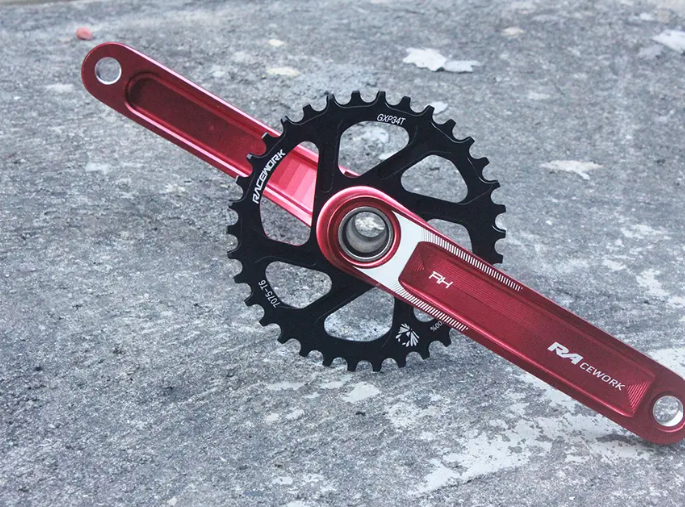
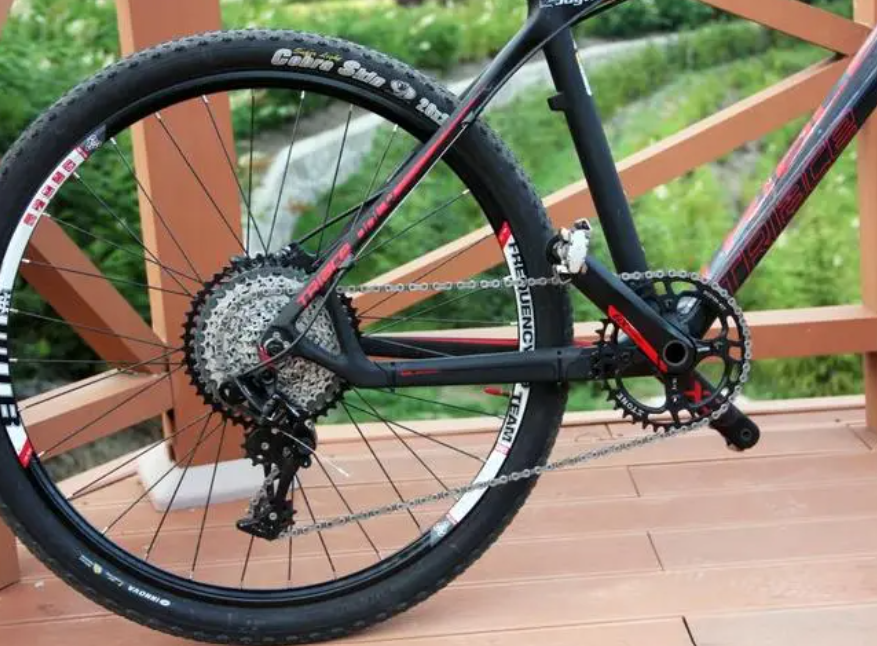
5.1.2 2X (double) Chairing
The most common setup is a 2X chainring. There are three standard double chainring setups。Experienced cyclists often use the standard double chainring.
Standard Double Chainring: 53 teeth big chainring and 39 teeth small chainring.
Semi-Compact Double Chainring: 52 teeth big chainring and 36 teeth small chainring.
Compact Double Chainring: 50 teeth big chainring and 34 teeth small chainring.
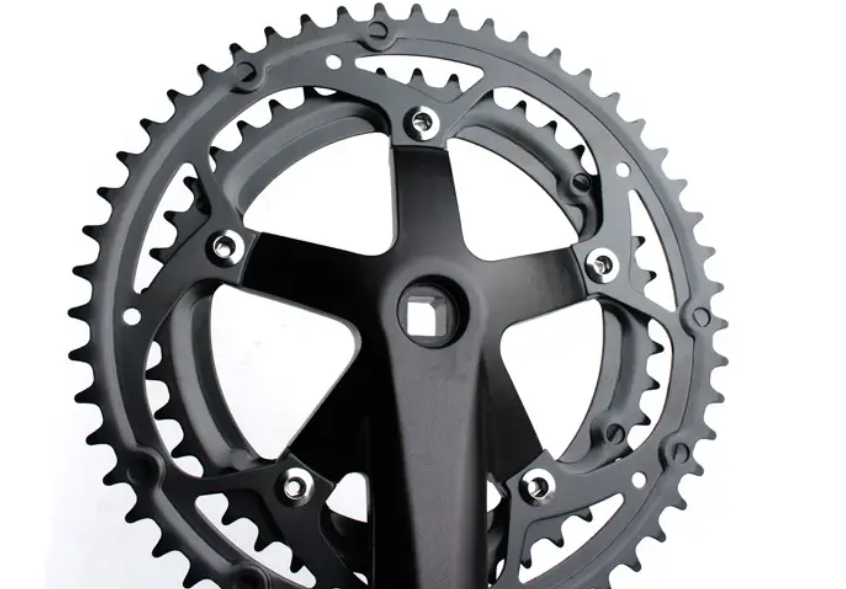
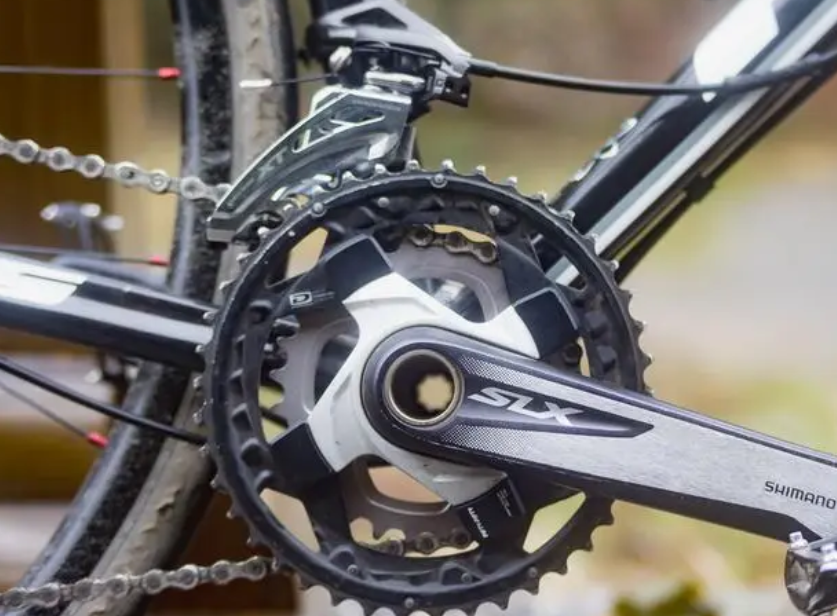
5.1.3 3X (triple) Chainring
You may also see a 3X chainring, known as a triple sprocket chainring. This setup includes a 50 teeth big chainring, a 39 teeth middle chainring, and a 30 teeth small chainring.
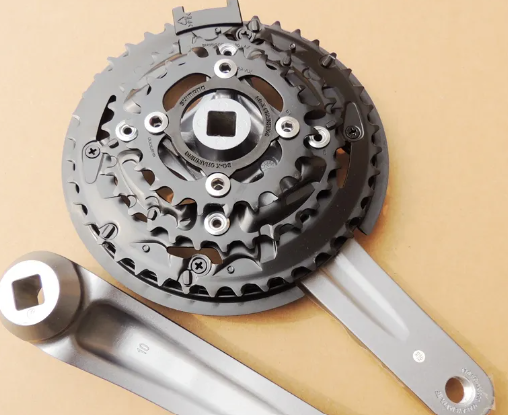
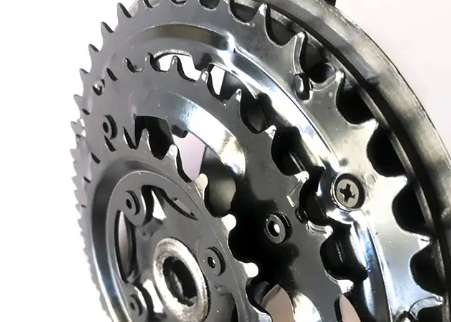
5.2 Cassette – rear sprocket assembly
A cassette can have anywhere from 7 to 13 sprockets. If a bike cassette has 12 sprockets, we call it a 12-speed cassette. These 12 sprockets have different teeth counts. For mountain bikes, a 7-speed cassette may range from 11 to 32 teeth. A higher-end 12-speed cassette can have teeth counts from 10 to 51. For road bikes, an 11-speed cassette typically ranges from 11 to 30 teeth, while a 12-speed may range from 10 to 36 teeth.
By the way, SUMLON has been manufacturing bicycle parts for over 15 years. Contact us if you are looking for a bike parts factory or a one-stop wholesaler. Peace


